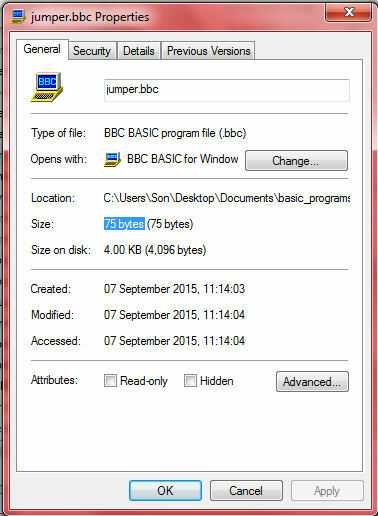28
4
This is my first challenge, so I'm keeping it fairly simple.
If you've ever typed telnet towel.blinkenlights.nl on your command line and pressed enter, you will have experienced the joy of asciimation. Asciimation is, quite simply, doing an animation with ascii art. Today we will be doing a very basic asciimation of a person doing jumping jacks.
There will be two ascii pictures that we will put together into one asciimation. Number 1:
_o_
0
/ \
Number 2:
\o/
_0_
<blank line>
Note that the second one has a blank line at the end.
So your program should do these steps:
- Clear the console screen.
- Print the correct ascii art image.
- Set a flag or something so you know to do the other image next time.
- Wait a moment (about a second).
- Continue at 1.
Rules
- Your program must be a (theoretically) infinite loop.
- The programming language you use must have been created before this challange was posted.
- This is code-golf, so shortest code in bytes wins.
- Standard loopholes apply.
Enjoy!

Can there be some spaces on the <blank line>? – Jakube – 2015-09-06T05:44:04.623
1Does this have to be platform independent because the Linux clear command (
clear) is different to the Windows one (cls) – Beta Decay – 2015-09-06T08:13:21.9301Is the blank line just to explain the positioning? If printing from the top of the screen so that the blank line makes no visible difference, can it be omitted? – trichoplax – 2015-09-06T11:40:55.843
@Jakube yes there can be spaces. – bitsnbites – 2015-09-06T12:32:07.597
@BetaDecay no it does not have to work on all platforms as long as you specify which platform(s) it will work on. – bitsnbites – 2015-09-06T12:32:46.290
1@trichoplax yes. The blank line is just to point out that the head must stay in the same position. – bitsnbites – 2015-09-06T12:33:43.593
Thanks for clarifying. I think quite a few answers can now be made shorter by omitting the blank line. – trichoplax – 2015-09-06T12:50:41.790
Nice question bitsnbites ; ) – Pulga – 2015-09-07T12:16:27.953
@CanadianLuke yes. I'll edit it to change that. – bitsnbites – 2015-09-07T13:14:07.727
I think you should've added an additional stick figure (The straight up position): o |0| | | – Luminous – 2015-09-08T17:59:15.327
You've got another Good Question badge. – wizzwizz4 – 2016-03-20T19:25:31.267